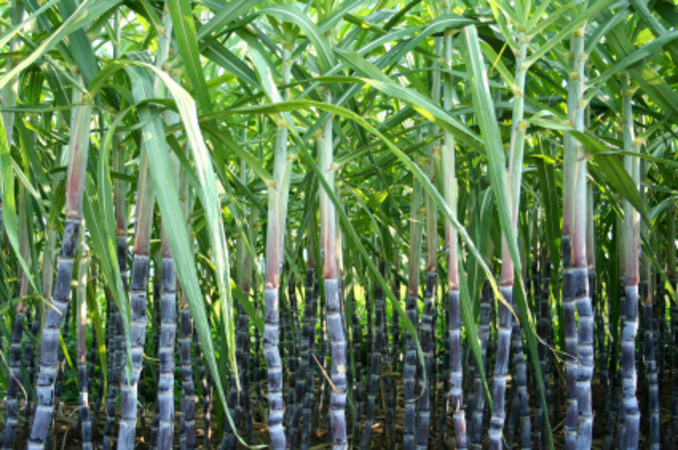The Centre’s move to drastically increase the minimum support price for kharif crops is unlikely to solve the crisis of Indian agriculture. Yet, coming as it does ahead of crucial State and later parliamentary polls, it might improve the electoral prospects of the ruling party. Last week, the prime minister announced that the government will increase the MSP of the kharif crops by at least 1.5 times of the production costs, including labour costs. This was a commitment made by the government in the last annual budget. A notification raising the MSP for paddy, the main kharif crop, by Rs 200 per quintal to Rs 1,750 per quintal and other kharif crops, such as ragi and millet, too, is expected soon.
It can cost the government over Rs 12,000 crores this season alone. It is reasonable to expect that later a similar increase will be given for the rabi crops. The cumulative cost for the increase in MSP for both the rabi and kharif crops can add up to nearly Rs 35,000 crores. However, agriculture experts are agreed that this will not relieve the farm distress. Indeed, the increased MSP for kharif will encourage farmers to sow more paddy, a water-guzzling crop. Given that government’s godowns are already full with rice, increased production will further pressure the procurement and budget. Holding charges of the excess rice over and above the prescribed quantities for meeting any contingencies inflicts unavoidable burdens in terms of money, excess wastage, storage capacities, interests costs et al.
Instead of allowing market forces to prevail the artificially high MSP for vital crops also acts inflationary on the general price line. Take for instance the sugarcane crop. Sugar mills in UP are saddled with stocks which they cannot offload in the market due to lower prices. Excess production has resulted in the market prices ruling far below the MSP fixed by the Government. Sugar mills are under obligation to crush virtually all the sugarcane brought for sale, yet they neither have the funds to clear the arrears of farmers nor the means to offload the sugar stocks in the open market at prices far below the MSP. The State government in order to keep the sugarcane farmers in good humour feels obliged to announce ever higher MSP while it, too, is unable to release adequate funds for clearing the farmers’ arrears for the earlier crops. The vicious cycle continues from one crop season to the next without an end in sight while the Centre and the States under political pressure continue to announce ever higher MSP for each passing crop.
In this context, the scheme to help farmers announced by the Telangana Government bears close scrutiny. Under the Agriculture Investment Support Scheme, a month ahead of the kharif sowing, the State government hands over cheques to nearly six million farmers at the rate of Rs 4,000 per acre of land owned. The same exercise is repeated at the time of rabi sowing. The total expenditure is said to be about Rs 12,000 crores per annum. The money, thus, distributed goes directly to the actual land owner while the beneficiaries of higher MSP might be middlemen or traders who undertake to buy farm produce ahead of harvesting at rates below the market prices. Improving agri market infrastructure, freeing it from the vice-like grip of middlemen, increasing warehousing facilities near the major farm mandis, a nation-wide network of cold storage chains for preserving the perishable produce, food processing industries, etc have clearly not drawn the attention of policy-makers. Too many people are dependent on land for their livelihoods. Alternative avenues of employment in villages and towns ought to be found because agriculture cannot sustain such a huge proportion of the population without causing distress all around.












